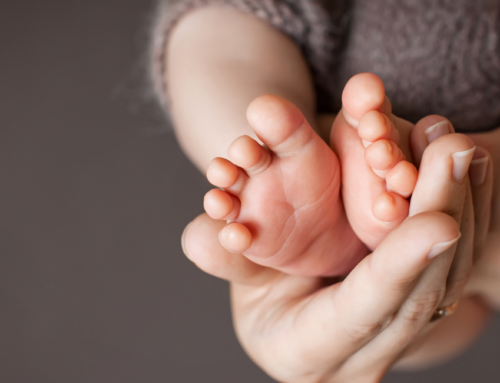We are excited to feature Guest Blogger, Peg Conway, with her debut piece for The Guiding Star Project, Mapping Our Births!
In a sprawling slum outside Nairobi, Kenya, activist cartographers use hand-held GPS devices to put this otherwise undocumented city on the map; they manually enter landmarks like informal schools, storefront churches, and broken manholes. Mapping such data assists residents to advocate with authorities, because there is no public record of the slum’s existence even though 200,000 people live there.
 Technology has taken the concept of mapping far beyond its original focus on scaled drawings to the point that in everyday language, mapping can just mean “organizing information.” In other words, mapping is another form of storytelling, that most ancient means of transmitting culture, values, and identity. A more intentional approach to telling birth stories is greatly needed to inspire a more woman- and life-affirming culture, and the concept of mapping could help us re-focus our narratives.
Technology has taken the concept of mapping far beyond its original focus on scaled drawings to the point that in everyday language, mapping can just mean “organizing information.” In other words, mapping is another form of storytelling, that most ancient means of transmitting culture, values, and identity. A more intentional approach to telling birth stories is greatly needed to inspire a more woman- and life-affirming culture, and the concept of mapping could help us re-focus our narratives.
Currently, one default map for birth stories is the progress of cervical dilation. “I was 4 cm when we arrived. Three hours later I was only 6 cm!”
This clinical language conveys common meaning; we understand the progression. A second default mapping is the list of interventions, sometimes used in combination with cervical dilation with the quality of a war story, told with relish and drama.
“When I was past 5 cm, I had an epidural, then I needed increased monitoring.”
“I went in for an induction but then the baby became distressed so they did a C-section.”
Yet these two mapping styles present a limited, potentially negative view of childbirth. And worse, the laboring woman herself is nearly invisible in the telling. In the first few days after giving birth, women frequently need to tell their birth story, sometimes over and over. Speaking it aloud helps her process the wide-ranging emotions of joy, fear, or even disappointment that giving birth engendered. A mapping approach would allow each woman to recount her unique experience from a deeper, more affirming place.
Perhaps the story could be organized around the people who were present and how they contributed to the experience (for good or ill). I’ve given birth three times, and my husband and a midwife feature prominently in all of them. But each birth also has unique moments with particular people – the friend who came with us to my daughter’s birth and provided key support in the immediate postpartum, the doula who kept me calm during a difficult second stage with our youngest son. The tall and steadying nurse who provided warm compresses on my back during my first labor. When I recollect these interactions in detail, it evokes the birth experience in a warm and loving way not always associated with hospital birth.
Taking a cue from geographic mapping, we also could identify the major landmarks or crossroads that we encountered during the birth or describe the topography or the climate of the experience. If I were to map my first birth, it would be as a long, dark tunnel under a mountain. Michael finally arrived after an excruciating night of back labor followed by a lengthy pushing stage that culminated in an episiotomy. Yet there was bright light at the end that remains my strongest recollection of his birth. Even though I was totally spent, the instant my hands felt his sturdy back and I looked into his dark brown eyes, I fell in love. Kieran’s birth twenty months later was more like riding rapids on a raft. The river was smooth at the start, and I floated gently until suddenly we encountered level 5 rapids. With the help of my expert guides, I held on and completed the journey breathless, trembling and exhilarated, in awe of nature’s power. Christian’s birth seemed more like a car trip on the interstate. We cruised along without incident for most of the trip, eventually drove through a thunderstorm and then hit a construction delay, but ultimately arrived safe and sound, a bit fatigued.
Each of us can contribute to a cultural re-framing of birth storytelling, and it doesn’t cost money or require lots of time or effort. The next time you speak with a new mother about her birth, try to prompt a bit of reflection.
“What were the key moments for you?”
“Who or what helped you the most?”
“What is your strongest image of the birth?”
Let’s map a new landscape for birth.
Peg Conway is the author of Embodying the Sacred: A Spiritual Preparation for Birth and blogs at Sense of the Faithful. Active in her community, she is running for Council in her village, serves on two non-profit boards, and volunteers at a weekly food pantry. With their two oldest in college and the youngest a high school senior, Peg and her husband are embracing a new stage of life that includes more bike rides, movies, and travel than ever before.





Leave A Comment